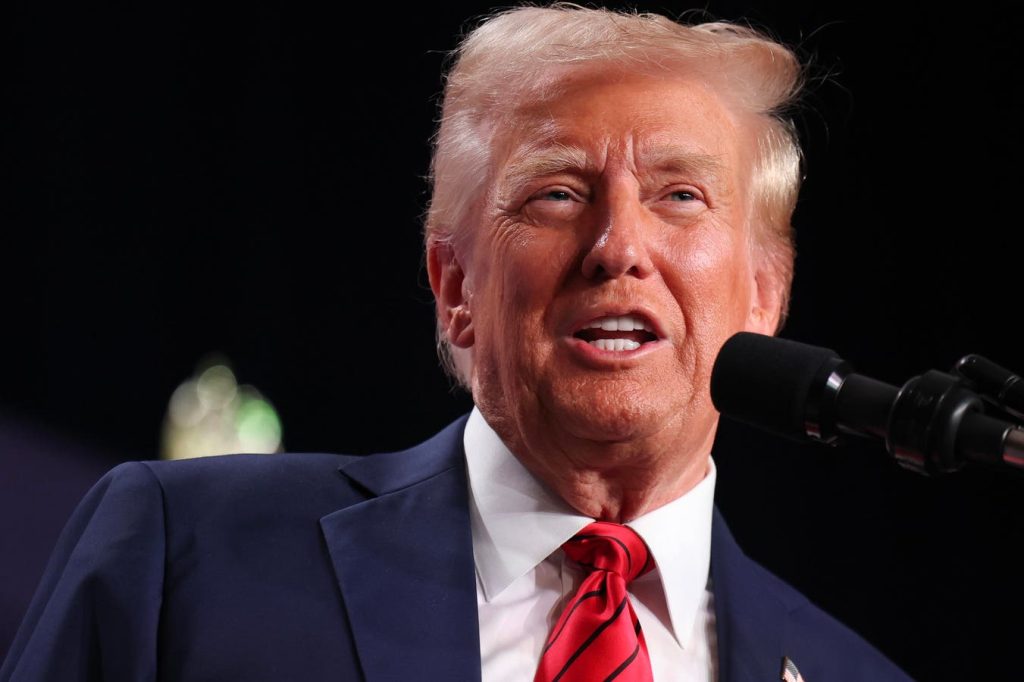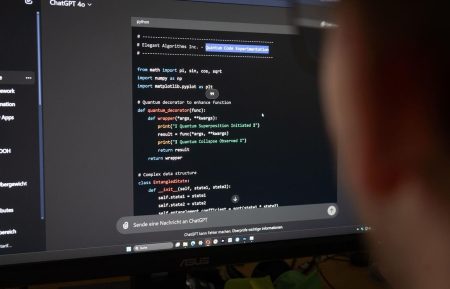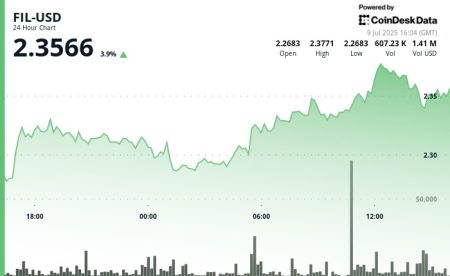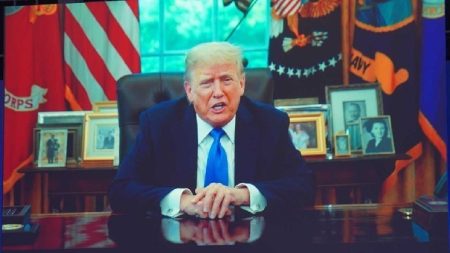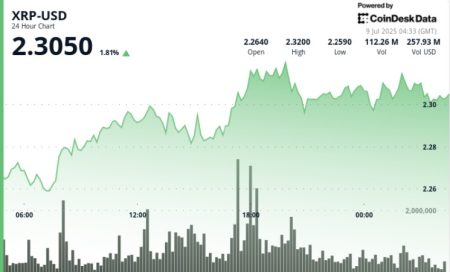DeepSeek Disrupts AI Landscape, Sparks Market Turmoil and Trump’s Praise
The artificial intelligence landscape experienced a seismic shift this week with the meteoric rise of DeepSeek, a Chinese AI startup whose innovative R1 advanced reasoning model has taken the tech world by storm. Launched on January 20th as a direct competitor to OpenAI’s ChatGPT, DeepSeek’s rapid ascent to the top of app store charts has not only captivated users but also sent shockwaves through the U.S. stock market, triggering a massive selloff and wiping billions off the net worth of tech titans. This dramatic turn of events has even garnered unexpected praise from former President Donald Trump, who lauded DeepSeek as both a "positive development" and a "wake-up call" for American industries.
DeepSeek’s purportedly low development costs have fueled much of the controversy and discussion surrounding its emergence. The company claims to have spent a mere $5.6 million on graphics processing units (GPUs) to train one of its latest models, a figure that pales in comparison to the estimated $100 million to $1 billion typically required for such endeavors. This claim, however, has been met with skepticism from industry analysts and experts, who question the feasibility of achieving such cost efficiencies. Bernstein analyst Stacy Rasgon, for instance, has cast doubt on the figure, arguing that it likely excludes substantial additional costs associated with AI model development. This discrepancy in cost estimations has further intensified the debate surrounding DeepSeek’s true capabilities and the resources backing its operations.
The controversy surrounding DeepSeek’s development costs is compounded by allegations regarding the company’s access to advanced hardware. Notable figures like Elon Musk, CEO of xAI, and Alexandr Wang, CEO of ScaleAI, have posited that DeepSeek possesses over $1 billion worth of Nvidia equipment, crucial for training sophisticated AI models. Wang, in a CNBC interview, even speculated that DeepSeek utilized approximately 50,000 Nvidia H100 chips, a claim that, if true, would signify a violation of U.S. export policies restricting the sale of such advanced chips to Chinese firms. These allegations add another layer of complexity to the DeepSeek narrative, prompting inquiries into the company’s adherence to international trade regulations and the potential implications for U.S.-China relations in the realm of technological advancement.
Amidst the swirling controversies and market fluctuations, former President Trump’s endorsement of DeepSeek has added an unexpected political dimension to the narrative. Speaking at a House Republican retreat, Trump commended DeepSeek’s achievements, contrasting its purportedly low development costs with the significantly higher expenditures of American AI companies like OpenAI. He characterized DeepSeek’s rise as a "wake-up call" for U.S. industries, urging them to prioritize competitive innovation in the face of this emerging global challenge. This endorsement comes on the heels of Trump’s recently announced $500 billion AI infrastructure project involving OpenAI and Nvidia, further highlighting the complex interplay between political posturing and technological advancement.
The market’s reaction to DeepSeek’s rapid ascent has been stark and unforgiving. The company’s surge in popularity coincided with a brutal day for the stock market, with tech stocks experiencing significant declines. Companies like Nvidia, Oracle, and Google saw their share prices plummet by 16.8%, 13.8%, and 4%, respectively. This market downturn translated into substantial losses for some of the tech industry’s wealthiest individuals, with Oracle chairman Larry Ellison and Nvidia CEO Jensen Huang suffering particularly heavy blows, losing $27.6 billion and $20.8 billion from their respective net worths. This dramatic market response underscores the disruptive potential of DeepSeek’s technology and the perceived threat it poses to established players in the AI arena.
DeepSeek’s emergence has ignited a multifaceted debate encompassing technological innovation, economic competition, and geopolitical implications. The company’s rapid rise, fueled by its claims of superior efficiency and performance, has challenged the dominance of established AI players and forced a reevaluation of the competitive landscape. The market’s tumultuous reaction, coupled with Trump’s unexpected praise and the cloud of controversy surrounding DeepSeek’s development practices, has created a narrative rife with uncertainty and intrigue. As DeepSeek continues to expand its reach and refine its technology, the world watches closely, anticipating the long-term impact of this disruptive force on the future of artificial intelligence. The unfolding story of DeepSeek serves as a potent reminder of the transformative power of technology and its potential to reshape not only industries but also the global balance of power.





